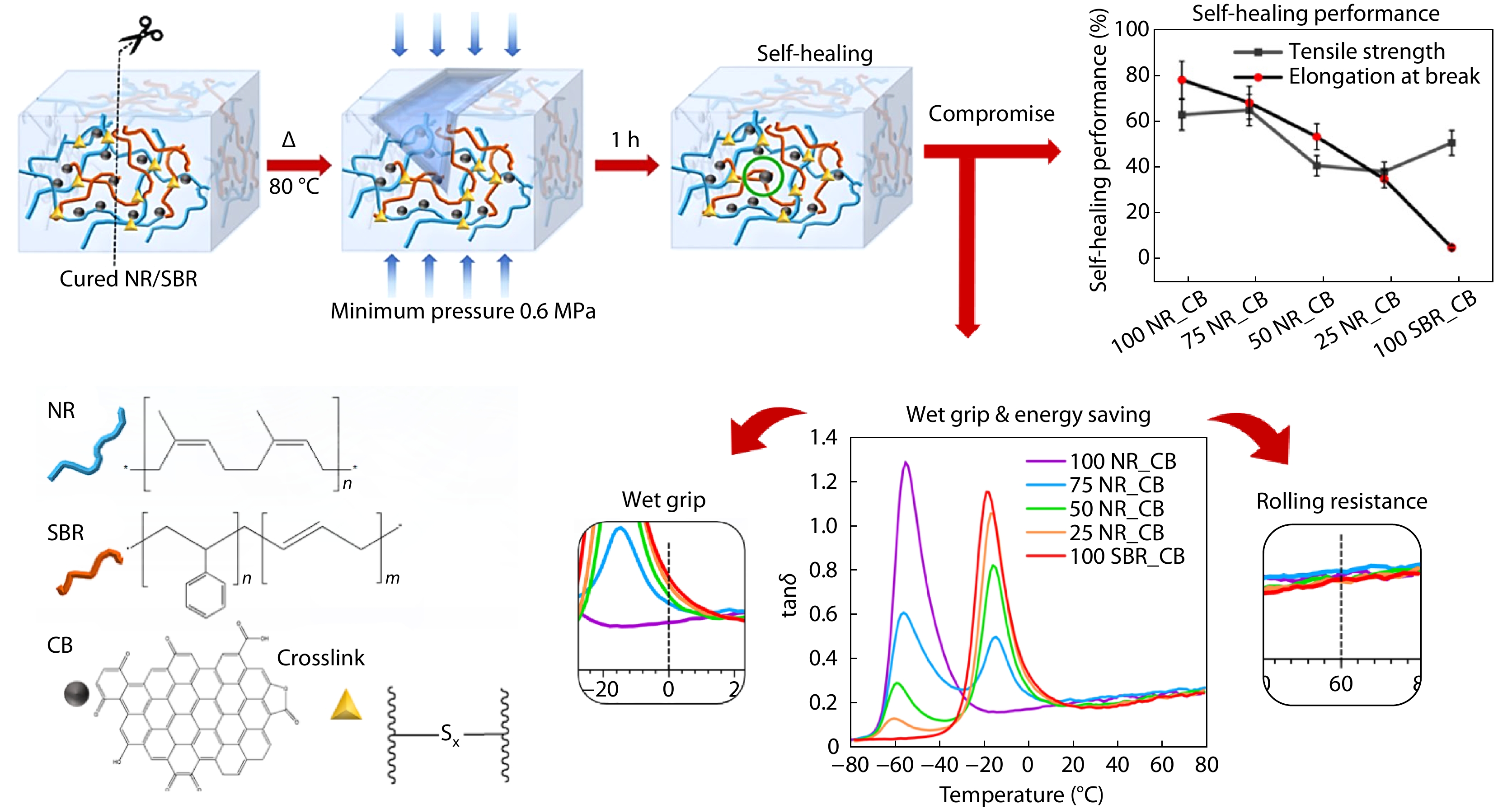
Latest Issue
最新录用 优先出版 刊期浏览 栏目浏览
Issue 11, 2024
REVIEW
2024, 42(11): 1619-1641. DOI: 10.1007/s10118-024-3204-7Published(online): 2024-11-04Abstract Full text 网络PDFAbstract
REVIEW
2024, 42(11): 1642-1660. DOI: 10.1007/s10118-024-3174-9Published(online): 2024-11-04Abstract Full text 网络PDFAbstract
RESEARCH ARTICLE
2024, 42(11): 1661-1667. DOI: 10.1007/s10118-024-3209-2Published(online): 2024-11-04Abstract Full text 网络PDFAbstract
RESEARCH ARTICLE
2024, 42(11): 1668-1678. DOI: 10.1007/s10118-024-3139-zPublished(online): 2024-11-04Abstract Full text 网络PDFAbstract
RESEARCH ARTICLE
2024, 42(11): 1679-1689. DOI: 10.1007/s10118-024-3161-1Published(online): 2024-11-04Abstract Full text 网络PDFAbstract
RESEARCH ARTICLE
2024, 42(11): 1690-1698. DOI: 10.1007/s10118-024-3155-zPublished(online): 2024-11-04Abstract Full text 网络PDFAbstract
RESEARCH ARTICLE
2024, 42(11): 1699-1709. DOI: 10.1007/s10118-024-3171-zPublished(online): 2024-11-04Abstract Full text 网络PDFAbstract
RESEARCH ARTICLE
2024, 42(11): 1710-1718. DOI: 10.1007/s10118-024-3169-6Published(online): 2024-11-04Abstract Full text 网络PDFAbstract
RESEARCH ARTICLE
2024, 42(11): 1719-1729. DOI: 10.1007/s10118-024-3173-xPublished(online): 2024-11-04Abstract Full text 网络PDFAbstract
RESEARCH ARTICLE
2024, 42(11): 1730-1737. DOI: 10.1007/s10118-024-3172-yPublished(online): 2024-11-04Abstract Full text 网络PDFAbstract
RESEARCH ARTICLE
2024, 42(11): 1738-1748. DOI: 10.1007/s10118-024-3205-6Published(online): 2024-11-04Abstract Full text 网络PDFAbstract
RESEARCH ARTICLE
2024, 42(11): 1749-1757. DOI: 10.1007/s10118-024-3175-8Published(online): 2024-11-04Abstract Full text 网络PDFAbstract
RESEARCH ARTICLE
2024, 42(11): 1758-1767. DOI: 10.1007/s10118-024-3158-9Published(online): 2024-11-04Abstract Full text 网络PDFAbstract
RESEARCH ARTICLE
2024, 42(11): 1768-1779. DOI: 10.1007/s10118-024-3180-yPublished(online): 2024-11-04Abstract Full text 网络PDFAbstract
RESEARCH ARTICLE
2024, 42(11): 1780-1792. DOI: 10.1007/s10118-024-3164-yPublished(online): 2024-11-04Abstract Full text 网络PDFAbstract
RESEARCH ARTICLE
2024, 42(11): 1793-1801. DOI: 10.1007/s10118-024-3190-9Published(online): 2024-11-04Abstract Full text 网络PDFAbstract
RESEARCH ARTICLE
2024, 42(11): 1802-1810. DOI: 10.1007/s10118-024-3200-yPublished(online): 2024-11-04Abstract Full text 网络PDFAbstract
RESEARCH ARTICLE
2024, 42(11): 1811-1823. DOI: 10.1007/s10118-024-3162-0Published(online): 2024-11-04Abstract Full text 网络PDFAbstract
RESEARCH ARTICLE
2024, 42(11): 1824-1834. DOI: 10.1007/s10118-024-3186-5Published(online): 2024-11-04Abstract Full text 网络PDFAbstract
RESEARCH ARTICLE
2024, 42(11): 1835-1844. DOI: 10.1007/s10118-024-3208-3Published(online): 2024-11-04Abstract Full text 网络PDFAbstract
RESEARCH ARTICLE
2024, 42(11): 1845-1854. DOI: 10.1007/s10118-024-3163-zPublished(online): 2024-11-04Abstract Full text 网络PDFAbstract
0
